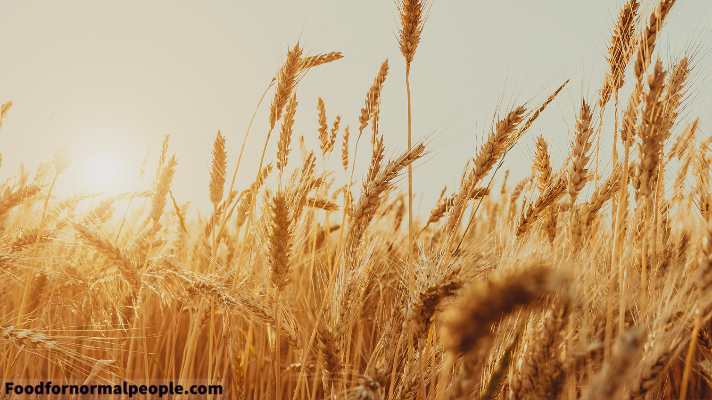What is gluten exactly? Gluten is a buzzword you’ve probably heard quite often, especially if you’ve been paying attention to dietary trends or have friends who are gluten-free. But what exactly is it, and why does it seem to be such a big deal? In this blog post, we’ll dive into the world of gluten, exploring its origins, its impact on food texture, and why it can cause discomfort for certain individuals.
What is Gluten?
Gluten is a type of protein found in certain grains, particularly wheat, barley, and rye. It’s what gives dough its elasticity and helps bread to rise. When flour is mixed with water, gluten forms a sticky network that traps air bubbles produced by yeast or baking powder, resulting in the characteristic texture of bread and other baked goods.
Read more on the Celiac Disease Foundation’s website.
Grains that Contain Gluten
The primary grains that contain gluten are:
- Wheat: This is perhaps the most well-known source of gluten. Wheat flour is widely used in a variety of foods, from bread and pasta to cookies and cakes.
- Barley: While not as commonly consumed on its own, barley is often used in soups, stews, and certain alcoholic beverages such as beer.
- Rye: Rye flour is used in the production of bread, crackers, and some types of whiskey.
Impact on Texture
Gluten plays a crucial role in determining the texture of cooked foods, particularly baked goods. When gluten proteins are hydrated and kneaded, they form long, stretchy strands that give dough its elasticity. During baking, these strands trap gas produced by yeast or chemical leavening agents, causing the dough to rise and resulting in a light and airy texture.
In addition to providing structure and texture, gluten also contributes to the chewiness of bread and other baked goods. The more gluten present in the flour used, the chewier the final product will be.
Physical Discomfort and Gluten Sensitivity
While gluten is harmless for most people, it can cause discomfort for those with certain medical conditions. One of the most well-known of these conditions is celiac disease, an autoimmune disorder in which the body reacts negatively to gluten, damaging the lining of the small intestine.
In addition to celiac disease, some individuals may experience non-celiac gluten sensitivity, a condition characterized by symptoms such as bloating, abdominal pain, and fatigue after consuming gluten-containing foods. While the exact cause of non-celiac gluten sensitivity is not fully understood, it is believed to involve a combination of genetic, environmental, and immune factors.
For individuals with celiac disease or gluten sensitivity, avoiding gluten-containing grains is essential to prevent symptoms and maintain optimal health. Fortunately, there are now many gluten-free alternatives available, allowing people to enjoy a wide variety of foods without sacrificing taste or texture.
In conclusion, gluten is a protein found in certain grains, including wheat, barley, and rye. It plays a crucial role in determining the texture of cooked foods, particularly baked goods, and is responsible for the elasticity and chewiness of dough. While gluten is harmless for most people, it can cause discomfort for those with celiac disease or gluten sensitivity. By understanding the role of gluten in our diets and being mindful of its presence in foods, we can better accommodate the needs of individuals with gluten-related conditions and promote overall health and well-being.
Suffering from gluten sensitivity? Here are six tips to help you ease into a gluten-free diet.

